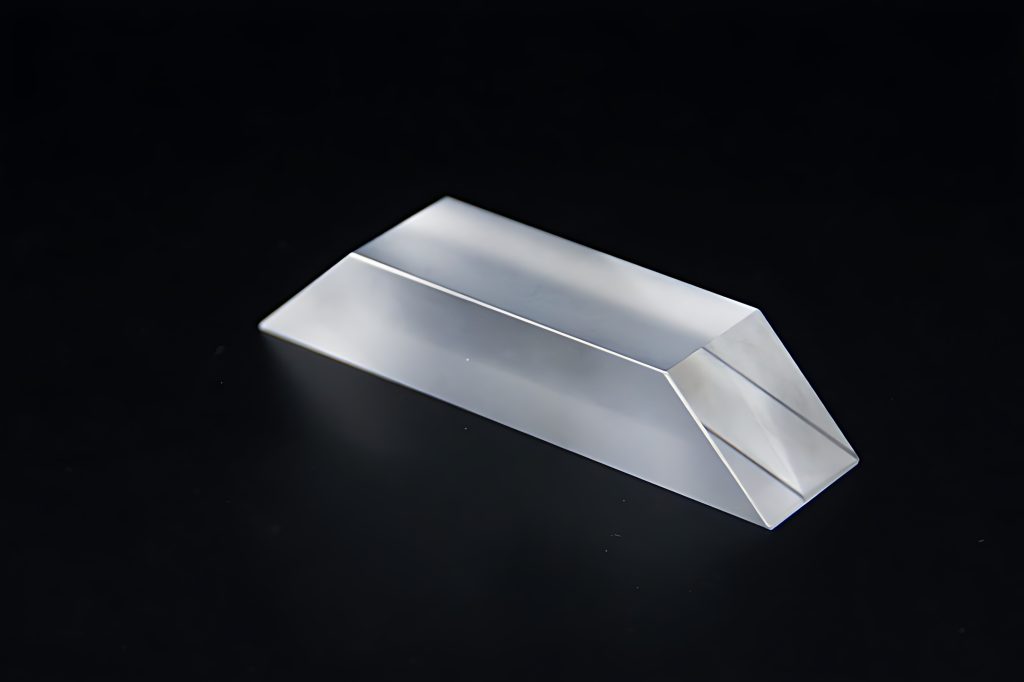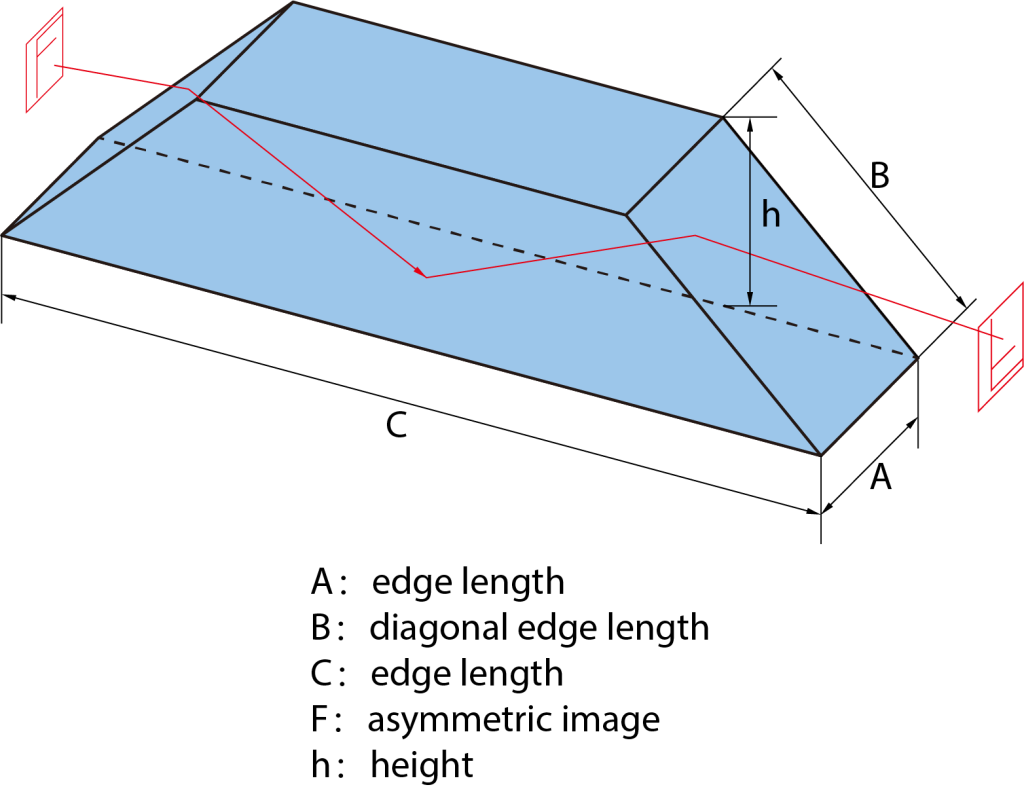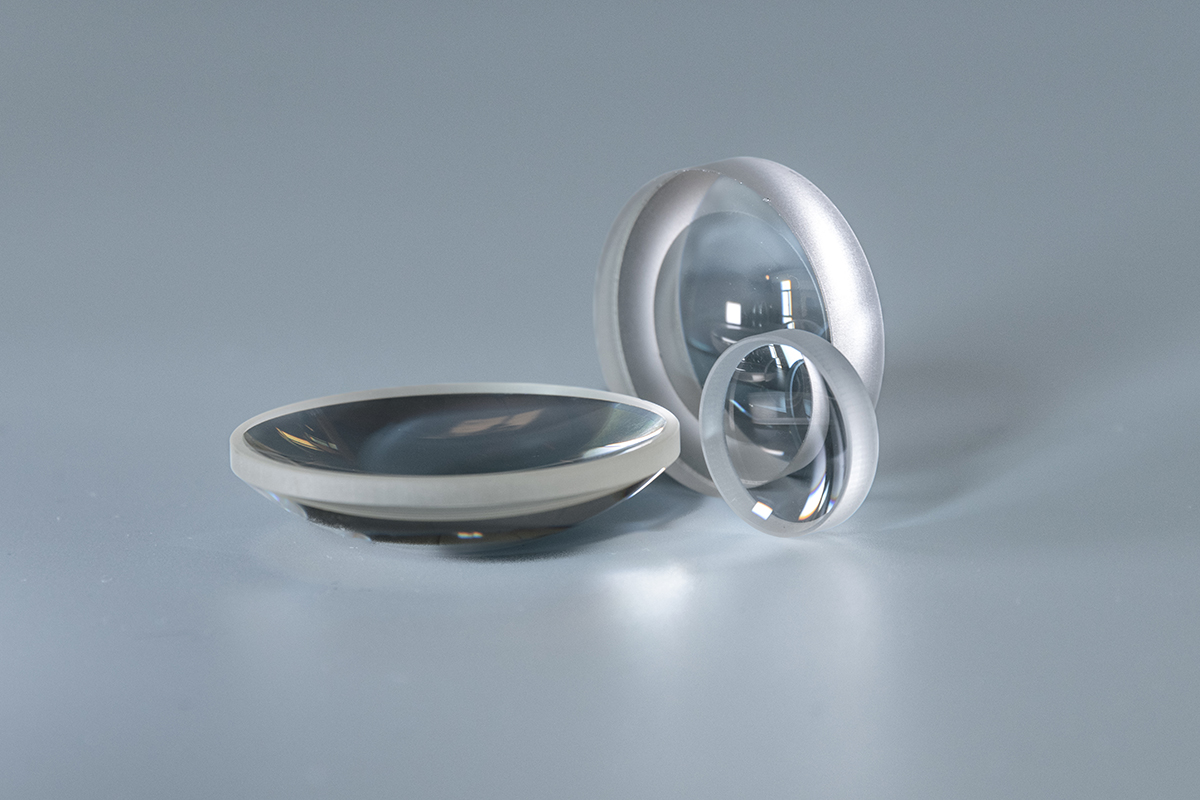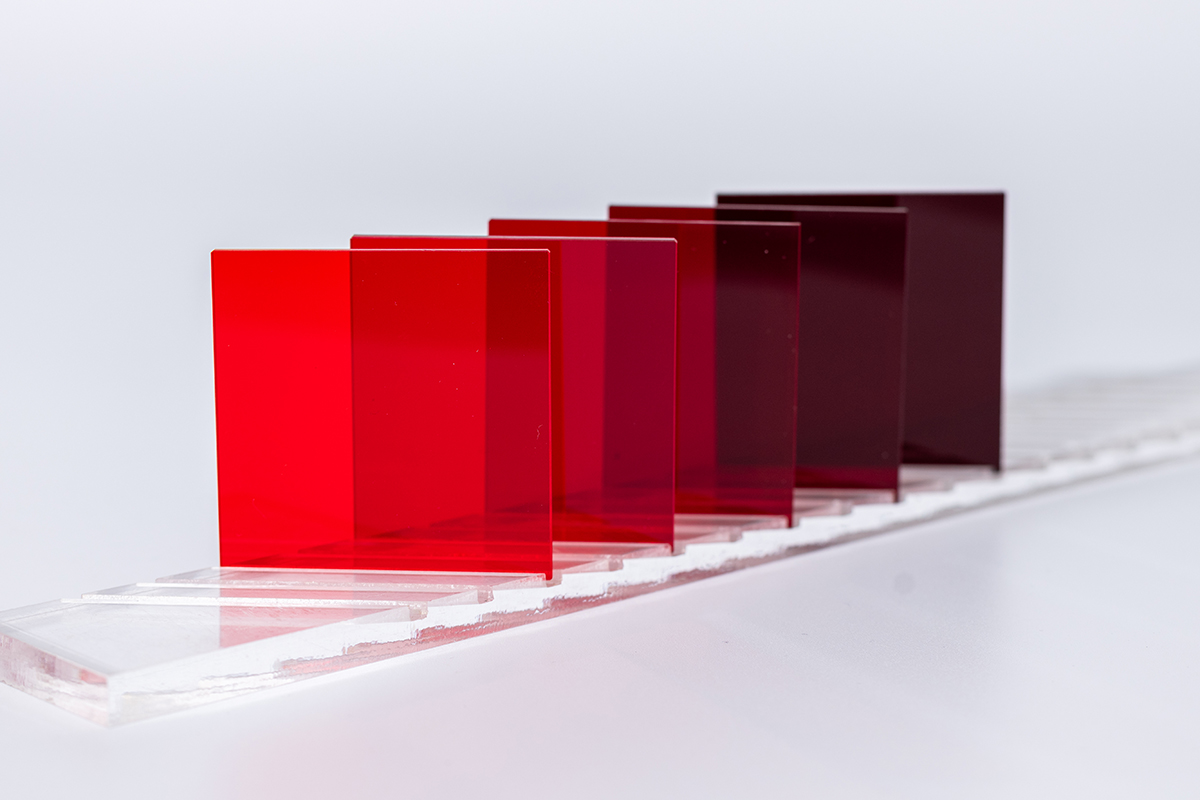I. What is a Dove Prism

A Dove prism, also known as a Dove Prism, is a type of reflecting prism that looks like a right-angle prism with its apex removed and is commonly used to invert images. When light enters one of its oblique faces, it undergoes total internal reflection at the longest bottom face and then exits through the opposite oblique face. Because only one total internal reflection occurs, the rotational direction of the image is altered, resulting in image inversion.
One intriguing aspect of Dove prisms is that when they rotate along their long axis, the image rotates at twice the angle of the prism. This characteristic means they can rotate a light beam at any angle, making them useful beam rotators used extensively in various fields including optics, photography, laser technology, and even in some high-precision scientific research.

II. Basic Working Principle of Dove Prism
A Dove prism is a special type of prism with a unique design that produces a rotational effect when light passes through it. When light transitions from one medium to another, such as from air to glass, refraction occurs causing a change in the direction of light. The Dove prism utilizes this principle through specific optical design to rotate light as it passes through the prism, enabling objects to rotate during imaging and achieving specific optical effects.
III. Applications of Dove Prism
In the field of photography, Dove prisms are widely used to create special optical effects. Photographers can rotate images using Dove prisms, creating a unique visual effect that enhances the artistic appeal of photos. Additionally, Dove prisms can be used to create panoramic photos by stitching together multiple photos taken from different angles to form a wide panoramic image.
Apart from photography, Dove prisms also find significant applications in scientific research. In optical experiments, researchers often use Dove prisms to rotate light beams to meet experimental requirements. For example, in laser technology, Dove prisms are used to adjust the direction of laser beams, enabling precise laser control. Furthermore, Dove prisms can be used to study optical phenomena such as polarization, interference, and diffraction.
IV. Future Development Prospects of Dove Prism
With the continuous advancement of technology, the application scope of Dove prisms is expanding. In the future, Dove prisms are expected to play crucial roles in various fields. For instance, in the biomedical field, Dove prisms can be used to create three-dimensional microscope images, improving the accuracy and efficiency of biomedical research. Moreover, in the field of communication, Dove prisms can be used to adjust the direction of light signals, enhancing the performance and stability of optical communication systems.
In conclusion, Dove prisms, as unique optical components with the ability to rotate objects, have broad applications across multiple fields. Dove prisms play important roles in artistic photography, scientific research, biomedical applications, and optical communication. With technological progress, we can anticipate wider application areas for Dove prisms and their profound impact on the field of optics.
Of course, every technology has its limitations and challenges. For Dove prisms, enhancing rotational accuracy, reducing manufacturing costs, and exploring new application areas are challenges for future research and development. However, with continuous technological advancement and innovation, we have reasons to believe that these challenges will be addressed, and the application prospects of Dove prisms will expand further.
Ⅴ. Summary
Dove prisms, as optical components with unique functionalities, have demonstrated significant application potential across multiple fields. With ongoing technological advancements, we can look forward to more innovations and breakthroughs involving Dove prisms, contributing to the progress and development of human society.

